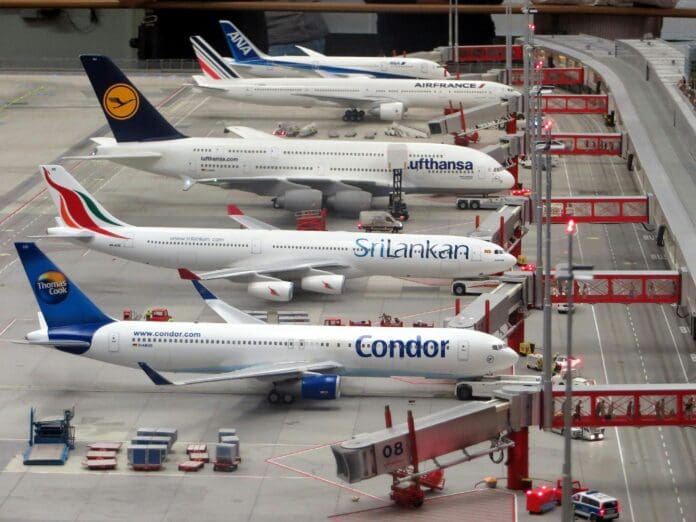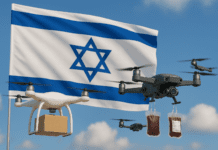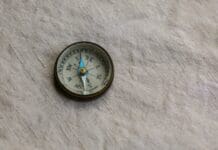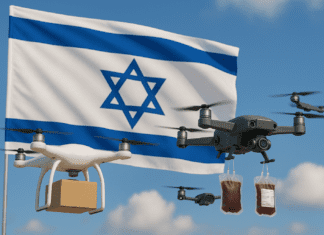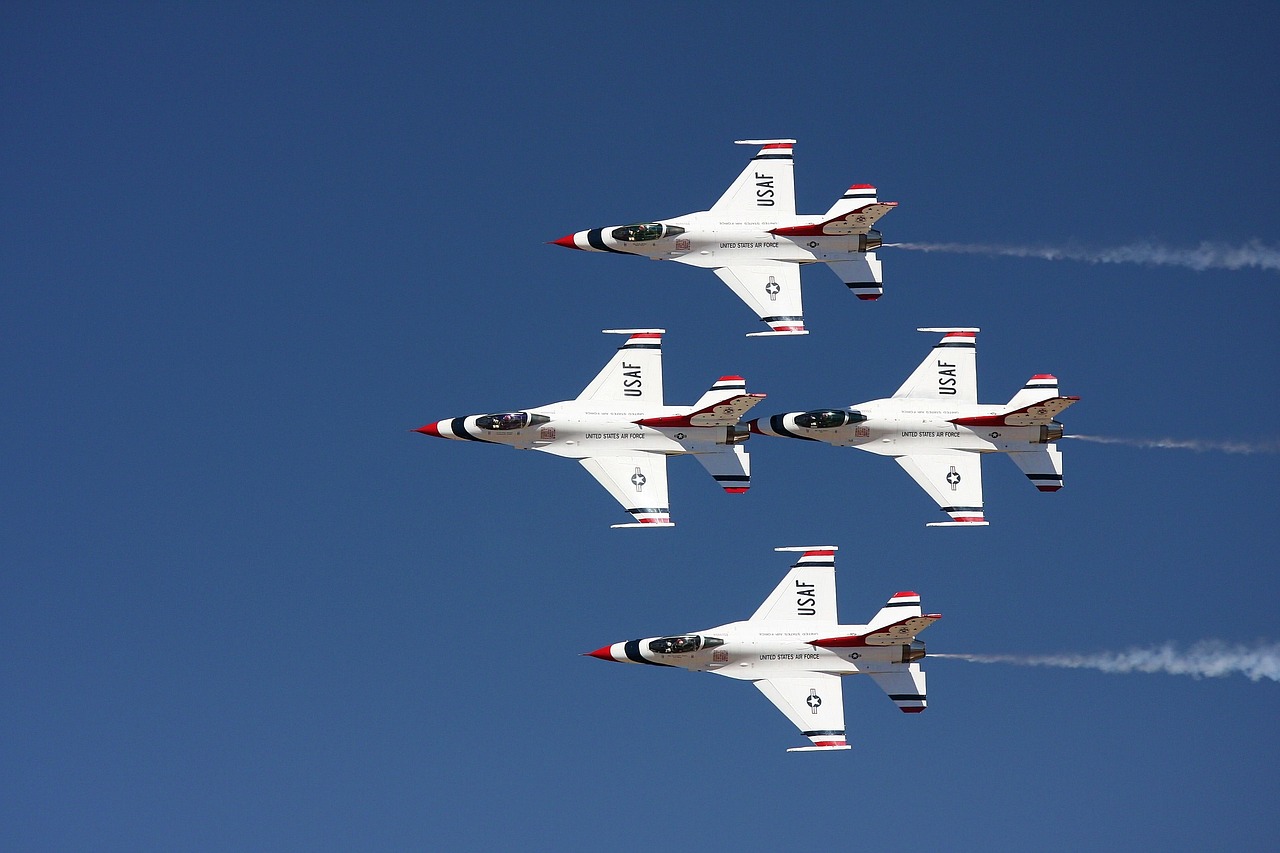This post is also available in:
 עברית (Hebrew)
עברית (Hebrew)
A new research initiative by Singapore Management University is exploring how to enhance aircraft surface inspections using large vision-language models (LVLMs), a form of artificial intelligence capable of processing both images and text that are placed together. The goal: improve accuracy and efficiency in identifying damage or defects on aircraft exteriors, even in challenging, real-world environments.
Aircraft inspections are essential to ensuring safety. However, current digital systems still rely heavily on large datasets of known defects, often falling short when conditions vary or when new, undocumented flaws appear.
According to TechXplore, the project, titled “Leveraging Foundation Models for Aircraft Surface Inspection in Open Environments,” addresses three key limitations in current AI-based inspection systems: insufficient training data for rare or new defect types, an incomplete catalog of known issues, and inconsistent inspection conditions caused by lighting, weather, or camera differences.
The research leverages the capabilities of LVLMs, which are trained on massive volumes of internet-sourced data and can generalize across tasks. This allows the models to identify potential defects—even those not explicitly included in training—by drawing on learned patterns in both images and associated language.
To handle real-world complexity, the project is divided into three technical phases:
- Low-Example Detection: Developing systems that can identify defects with minimal reference data. By adapting LVLMs to work with only a few annotated examples, the aim is to reduce false positives while maintaining accuracy.
- Expanding Defect Recognition: Training AI to differentiate between normal and abnormal aircraft surfaces, even when new or rare flaws appear. This involves comparing baseline images with slightly altered or damaged ones to improve the system’s ability to flag unseen defect types.
- Contextual Adaptation: Enabling models to adjust to changing inspection conditions without full retraining. This could include adapting to different aircraft types, lighting conditions, or sensor configurations on the fly.
While focused on 2D imaging for now, the team plans to expand into multi-modal analysis to further increase detection performance. The project draws on existing work in automated aircraft inspection and is aligned with broader trends in predictive maintenance across industries.
With the global aircraft inspection market expected to double by 2032, these AI-driven solutions could significantly reduce maintenance costs and boost operational safety across aviation sectors.


